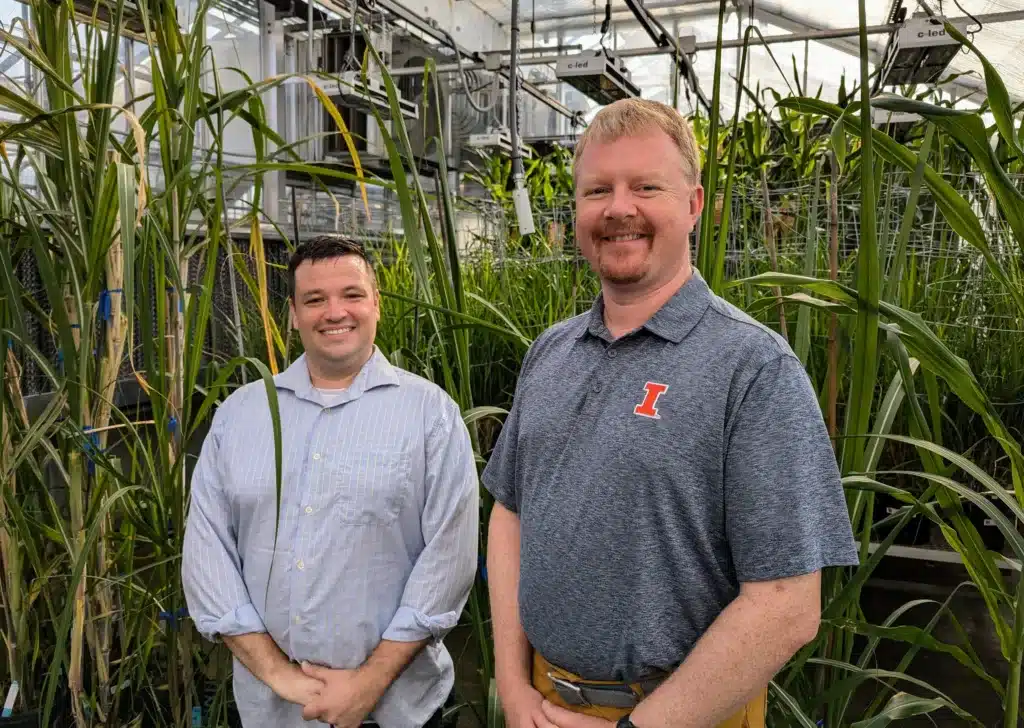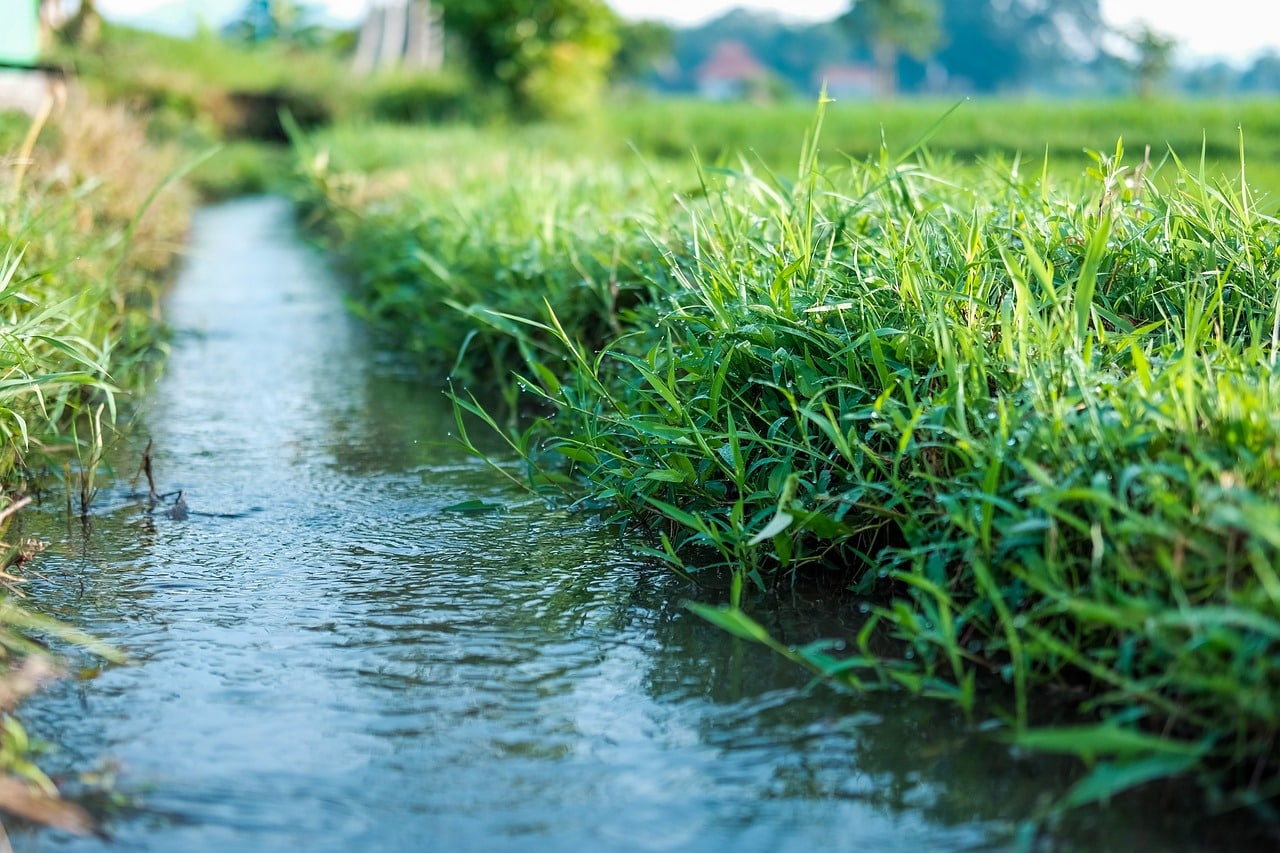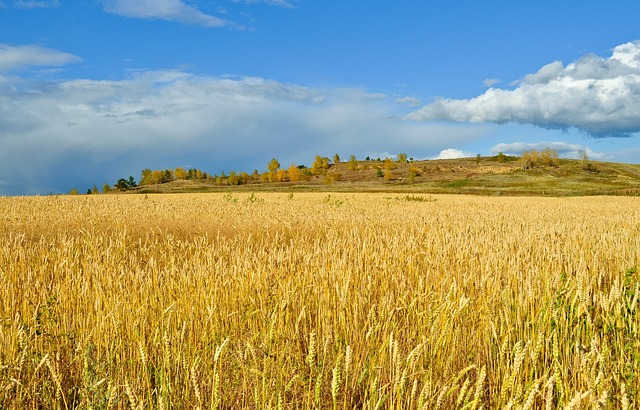Discover how genetic engineering is helping drought-resistant crops, paving the way for a more sustainable future without sacrificing productivity.
Drought stress has been a major obstacle for crop production worldwide, and climate change is intensifying this challenge. For over a century, scientists have focused on improving a key plant trait called water use efficiency (WUE), which enables crops to grow with less water and withstand drought. However, while greater WUE can help plants avoid drought stress, it often results in lower productivity when water is abundant.
In a news release detailing two new studies published in the Journal of Experimental Botany, researchers at the Center for Advanced Bioenergy and Bioproducts Innovation (CABBI) have made strides in enhancing WUE in climate-resilient C4 bioenergy crops through genetic engineering, all without reducing crop yields. This work, funded by the Department of Energy (DOE), marks a significant development in creating a more sustainable bioeconomy.
In the first study, CABBI researchers decreased the number of stomata—tiny pores on the surface of sorghum leaves—reducing water loss while maintaining photosynthesis and biomass production. By inserting a gene that altered the plants’ developmental patterns, they successfully improved WUE without limiting growth.
“With C4 species, we think we can get a free lunch: We can have improved water use efficiency without having to compromise on how well the plant grows when it does have enough water. And that’s a special case,” CABBI Director Andrew Leakey said in the release.
In the second study, researchers found that reducing stomatal density in sugarcane and other C4 crops caused the remaining pores to open wider, partially offsetting WUE improvements. The mechanism behind this response is not fully understood, presenting an opportunity for further research into engineering more efficient plants.
These findings could significantly enhance bioenergy feedstock production, help crops manage limited water supplies, and pave the way for new avenues of research, Leakey explained. “
It provides an exciting opportunity for new scientific discovery and engineering strategies,” added Daniel Lunn, CABBI Postdoctoral Researcher and lead author of the sugarcane study.
Collaborators on this research included Tom Clemente, the Eugene W. Price Distinguished Professor of Biotechnology at the University of Nebraska, and Fredy Altpeter, Professor of Agronomy at the University of Florida. John Ferguson, a former Postdoctoral Researcher at IGB, was the lead author of the sorghum paper.
Water use efficiency measures how much photosynthetic carbon gain or biomass a plant produces relative to the water it uses. Historically, efforts to increase WUE have come at a cost—plants become more water-efficient but grow less when water is abundant.
“And so they do better when they don’t have enough water, but they do worse when they do have enough water. From a broader agricultural perspective, that’s a pretty undesirable tradeoff,” Leakey said.
However, C4 crops like sorghum, sugarcane, and miscanthus—CABBI’s target bioenergy crops—have a different photosynthetic process. C4 plants concentrate CO2 inside their leaves before using it for photosynthesis, making them more efficient than most plants. Although they make up only 5% of all plant species, C4 crops are becoming increasingly important in producing food, fuel and fiber, while also sequestering carbon.
“We’re taking the plants that already have an advantage as crops and then potentially making them even better without any drag on carbon gain,” Leakey noted.
The CABBI team is expanding this engineering strategy to more plant species and refining the design. Research on miscanthus, a key emerging bioenergy crop, has sequenced its genome and developed gene-editing techniques, allowing for more precise engineering.
Leakey emphasized that overcoming water limitations is crucial for establishing a profitable and resilient bioeconomy. Developing crops that require 10-20% less water could allow U.S. rainfed agriculture to extend further west, helping farmers maintain yields even in years with insufficient rainfall—a growing threat due to climate change.
“Part of what we’re trying to do here is maintain increased productivity in times and places where water supply is inadequate,” Leakey said.
Co-authors on the first paper included Peter Schmuker, Anna Dmitrieva, and CABBI researchers Truyen Quach, Tieling Zhang, Zhengxiang Ge, Natalya Nersesian, and Shirley Sato from the University of Nebraska. Co-authors on the second paper included Baskaran Kannan and Amandine Germon and Alistair Leverett from CABBI and IGB.












